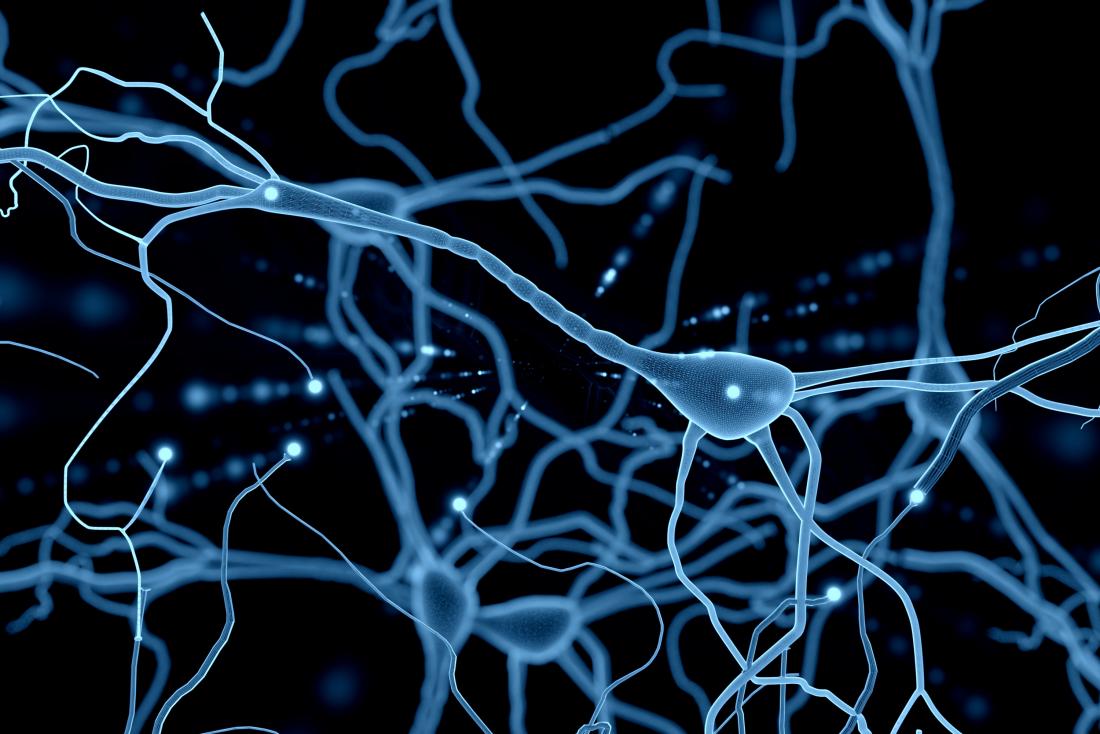 Dreaming is a night activity that can last anywhere from 10 minutes to over an hour. This myterious production of the brain during our sleep has always intrigued us, and it still keeps most of its mysteries.
Dreaming is a night activity that can last anywhere from 10 minutes to over an hour. This myterious production of the brain during our sleep has always intrigued us, and it still keeps most of its mysteries.
We talk a lot about the interpretation of dreams, their function and their particular forms like the nightmare, the premonitory dream or the lucid dream. But what do we know exactly about the dream, scientifically?
During its functioning, the brain emits brain waves which it is possible to pick up with electrodes. Once analyzed, they can offer information about a patient’s condition or movements. Are these signals universal or specific to each of us?
Dreams and nightmares make up our sleep. Immerse yourself in the brain in a dream world and discover why we sometimes dream during our sleep.
What is the point of dreaming
In order to understand dreams, we must first understand how the brain operates.
The brain is the seat of dreams, with billions of interconnected neurons.
Like conscious thought, the dream sits in the heart of the brain, this conductor of the human body. A full description of the composition of this complex and highly organized organ could be lengthy, so let’s try to make it short.
The brain, protected by the skull
The brain is arguably the most protected organ in the human body. In fact, it is enclosed in the skull and is surrounded by cerebrospinal fluid. This double protective envelope aims to protect it from the vagaries of life. This is because the brain is fragile: at the slightest shock, a little violent, it risks undergoing irreparable damage.
The brain has two hemispheres. Inside this box that is the skull is the brain which is not the smooth, round egg that we sometimes imagine. It is composed of two clearly defined parts: the right hemisphere and the left hemisphere, linked together by a structure called corpus callosum.
Each of these hemispheres is divided into four lobes:
- at the front is the frontal lobe;
- just behind is stuck the parietal lobe;
- as their name suggests, the temporal lobes are located on each side, at the level of the temples;
- the occipital lobe occupies the back of the brain.
On the surface of these two hemispheres is the cortex. This grayish structure, which contains the famous gray matter, measures about two millimeters in thickness and two square meters in terms of surface. To fit in the brain, it is therefore folded in on itself, in several layers. This is what explains the convolutions visible on the surface of a human brain. It is estimated that it is within this cortex that most of human intellectual thinking and communication-related functions take place.
Composition of the brain
In addition to these two hemispheres, the central nervous system also includes several structures:
- the thalamus, hypothalamus and brainstem manage the basic needs (breathing, eating, perceiving the five senses);
- the cerebellum takes care of the movements;
- the spinal cord acts as a relay between the rest of the body and the brain. It brings up information from all areas of the body and disseminates the information communicated by the brain.
Neurons

All of these structures are made up of very specific cells: neurons. They specialize in transmitting information from one place to another. Some of these cells go up the sensations perceived by our five senses, others on the contrary transmit orders from our brain to our organism, for example: breathe, eat, move the little finger of the right hand.
When we dream the brain activity is very similar to what when are awake. Dreams use the same mechanism, except that the body has no motion when we dream of moving. And our consciousness is not active.
Dream interpretation is a field that has been gaining in popularity recent with the rise of neuroscience. Indeed scientific studies are conducted that analyze neuron activity during the sleep. According to dream experts, our knowledge about the meaning of dreams as never evolved so fast in the past, thanks to modern technology.